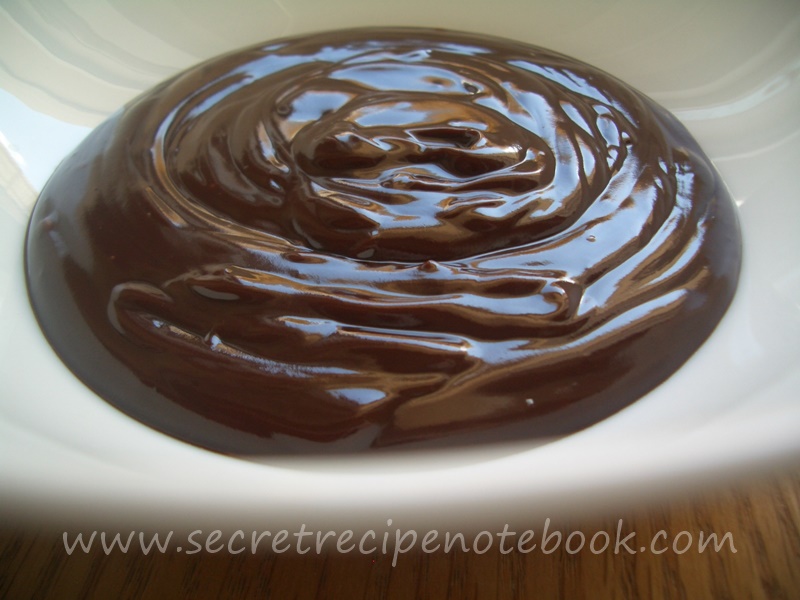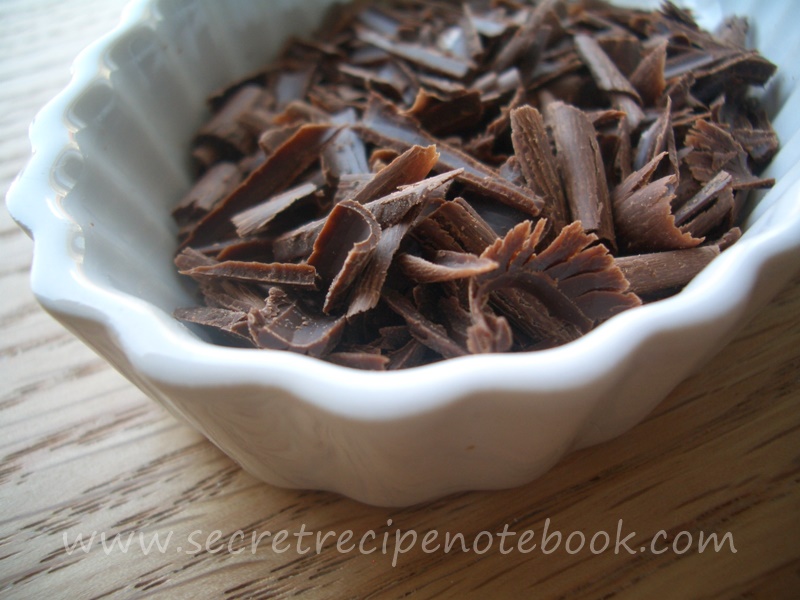- HOME
- Cooking With Chocolate
Cooking with Chocolate
Find below the most common techniques for working with chocolate. Find out how the best ways to melt chocolate, how to grate chocolate, how to store chocolate and how to make chocolate curls.
Chocolate is a great ingredient that can be manipulated in remarkable ways, but it must be treated carefully. It is very sensitive to changes in temperature. There are two main rules to handling chocolate: do not let it come into contact with water while melting and do not put it over direct heat.
Water will cause it to "seize", or turn into a hard, chunky lump. Similarly, overheating chocolate will ruin the taste and texture or the final product, which is why chocolate should always be melted over indirect heat.
Melting chocolate
Melting chocolate is not difficult if you follow a few rules. Everything you use when melting chocolate, form the pan to the stirring spoon to your hands, must be absolutely dry: the slightest amount of water in the chocolate will cause it to seize, that is, clump and turn an unappealing grey colour. Even an extremely humid day can affect the results. The second problem in melting chocolate is excessive or direct heat.
No matter what method you choose to melt chocolate, patience and following directions are the two most important guidelines. Don't cut corners to save time.
Microwave-oven method
Place coarsely chopped chocolate in a small microwave-safe bowl; heat on medium power, for 15 to 20 second intervals, pausing to stir gently between times. The chocolate will hold its shape even after it's melted, so the stirring is important. When the chocolate is almond melted, remove from the microwave and allow it to sit a minute or two to complete melting process.
Cooktop method
Place a little water in a saucepan - make sure the water won't touch the bottom of your small heatproof bowl when it is fitted inside the pan. Cover pan and bring the water to a boil. Remove lid from pan, sit bowl over the simmering water until chocolate is melted, stirring form time to time. After chocolate has melted, carefully remove the bowl of chocolate and wipe underside of the container with a dry tea-towel.
You can melt the chocolate in a pan on direct heat only if using other liquids such as butter, cream or milk.
Our top tips for melting chocolate
- Melt chocolate slowly to avoid burning.
- Do not allow water to come into contact with the chocolate.
- Chopping chocolate into small pieces will help it to melt quickly and evenly.
- Milk and white chocolate are more likely to burn, take care when melting.
- If the chocolate begins to thicken when melting, add a small amount of vegetable oil.
- Use good quality baking chocolate which will give a much better flavour and nice glossy finish.
How to grate chocolate
Freeze the chocolate for a while before grating. This prevents the chocolate from melting in your hands and will give it a beautifully fine finish. Grate on hand grater, cleaning the grater often so that the chocolate doesn't clog the surface of the blade. You can also "grate" chocolate in a blender - this is especially good if you're grating a lot of chocolate - but be sure to chop the chocolate coarsely first.
How to store chocolate
Chocolate should be stored in cool, cry conditions. If it becomes too warm, the cocoa butter rises to the surface and forms a slightly grey film known as "bloom". This is not harmful and once the chocolate is melted, it will return to its natural colour. If chocolate is refrigerated or frozen, bring it to room temperature before using.
You will soon discover that chocolate is very sensitive to temperature change and you have to always keep the weather, room temperature, the heat from your hands in mind when dealing with chocolate.
Making chocolate curls
Using a sharp vegetable peeler, scrape along the side fo a long piece of room-temperature eating-quality chocolate. For larger curls, spread melted chocolate evenly and thinly onto clean flat oven tray, cutting board or ideally a piece of marble; stand until just set but not hard. Scrape a flat knife across chocolate, pulling curls off with every movement. If the curls start to resemble shavings, the chocolate is too cold.
Curls can be stored in an airtight container at room temperature until required (if the weather is hot, keep them in the refrigerator).
We are a participant in the Amazon Services LLC Associates Program, an affiliate advertising program designed to provide a means for us to earn fees by linking to Amazon.com and affiliated sites.













